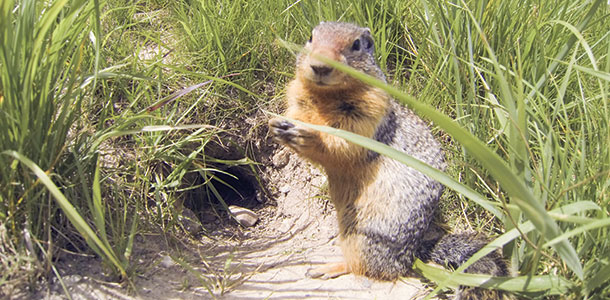
A faint trace of green covers the ranch on this lovely March day, a break in the spring storms that caroused through the Northern Rockies this past week. Despite the weather, Alderspring’s resident gophers (aka Columbian ground squirrels) showed up this week after being underground for nearly 7 months (what do they do down there for all of those 200+ days? They don’t have internet, iphone or a flatscreen). The fact is that our version of the prairie dog hibernates over half the year. Stacked up on top of each other like cordwood in their underground tunnels, their respiration rates slow to barely perceptible, and they live off the fat of their bodies for months.
Then spring comes”¦and they emerge, famished, and again begin the work of rebuilding their burrows, harvesting feedstuff, and feeding their families. Their engineering projects occasionally become problems for us on the ranch, with burrow excavation holes large enough to swallow a horse hoof. An occasional badger will make those holes even larger, in search of a tasty prairie dog t-bone. We have to pay attention on horseback, or risk broken legs of our mounts, and perhaps a rollover after if we go flying over the horse’s head. My ribs still ache in remembered pain from a squished and shattered ribcage when a 1200 lb mare rolled over me in that pockmarked area that we call “gopher heaven” on the ranch.”‹”‹”‹”‹”‹”‹”‹
All that aside, gophers, like the voles and field mice on the ranch, do an incredibly important service of providing aeration and translocation of materials vertically across the soil profile. This is critically important for us on Alderspring as we add no outside chemical amendments to our soils, and all of these soil biotic organisms, from bacteria to badger, do the work of creating and maintaining a highly mineralized soil profile.
We sometimes take that for granted, but frequently end up jerked from our take-for-granted ingratitude by a reality check. Mine came this past week on the Montana prairie, and started in a hotel room in Lewistown, Montana.
As we rolled into town at nightfall after fighting a raging spring blizzard, we chose the first place with the “VACANCY” sign lit (others were a definite “NO”). I made note of the 1960s sign swinging in the wind below it: COLOR TV. The word color was accentuated with a different color for each letter. At least we wouldn’t have to watch Food Network in black and white. Chopped Ted’s Chuckie T’s would have simply been black.
I pulled the brass key from my pocket, and opened the door. The fly swatter got my attention first. Bare light bulbs provided adequate light, sure enough, but that fly swatter was definitely a first. I guessed that they provide one with each room, and we soon found out why. The spider webs in each ceiling corner were not enough to do the job, because there were several types of dead fly species in the bathtub”¦and under the covers. Dear daughter Melanie had the honors of finding them since I relegated myself to the concrete floor, padded nicely by 1970s orange shag (who knows what animals lurked in there). I felt bad for her, because if she felt a little less than fresh when she got up the next morning, there was no soap to be had to shower with. BYOS, I guess. Should have headed to the grocery store after we checked out the room. Lesson learned.
It was the only room left on a Tuesday night in Lewistown, due to the fact that the horizontal snow blizzard made many a traveler stop in this prairie oasis. The middle of Montana doesn’t sport many outposts that provide the weary traveler with a room, and everyone within 150 miles descended on Lewistown. There were oil and gas exploration crews, railroad men, pipeline layers. This is the Outback of the lower 48, and nearly every industry here is founded on extraction and transportation of extractibles.
The aging hotel room found many parallels in the town itself. Huge grain elevators in decrepit disrepair and overgrown railroad sidings spoke to the heyday of sodbusting and bumper crop grain yields that built this town replete with 4 story stone-edificed buildings that still border Main Street as a historic testament to the splendor of success.
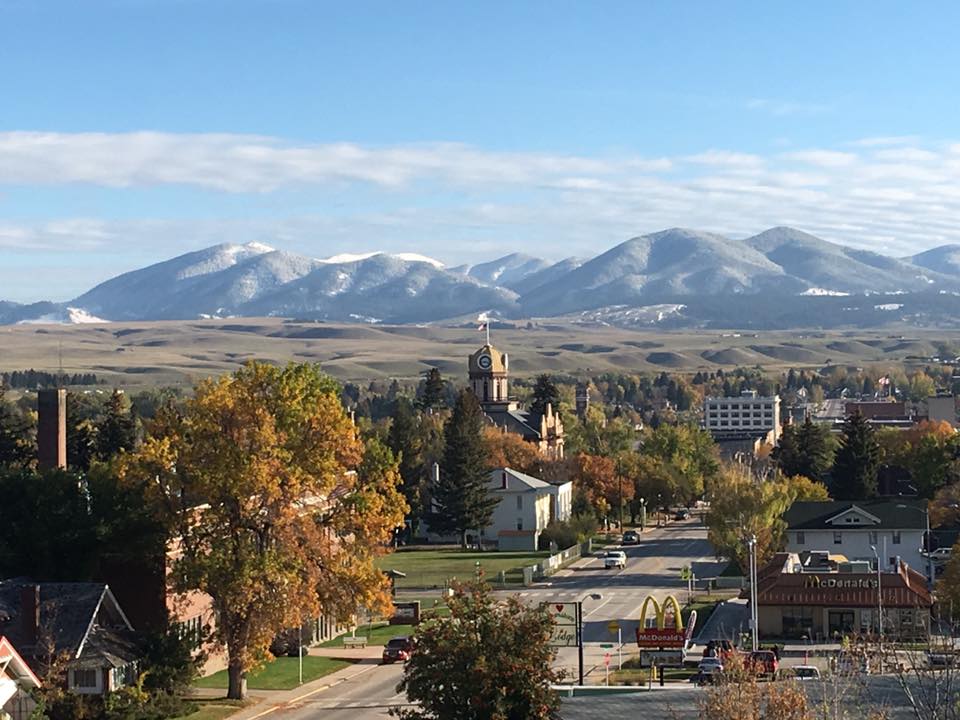
Wheat built this town. The deep prairie soils seemed unending, and their proximity to the Rockies made them resplendent with a full spectrum of minerals.
But it didn’t take long before the unforgiving taskmaster of economics reared its ugly head. First, the wheat market completely collapsed in 1921, from $3 to 60 cents. Many farmers expanded operations in land and equipment when prices were high, and could not service their loans with the price crash. Second, yields began to fall due to soil fertility that was used up. It simply was not sustainable to remove grain from the landscape year after year without any effort to replace that nutrient loss. Crop rotation was a new idea, and soil chemical amendments would not come into vogue until after WWII, when those ubiquitous anti-Axis bomb manufacturers would be slightly retooled to make fertilizer.
The next day broke clear, and I forced my aging body to submit to flexion in spite of the stiffness I felt from cold concrete. Melanie and I tumbled down the outdoor stairs to start the Powerstroke and walk our Kelpie dog, Boonja, who had burrowed like a prairie dog under coats and clothes in the backseat. We trucked out over the pre-dawn prairie to visit another organic producer. When we got there, Ole, the owner, was waiting for us.
Rancher Ole had them all in the corral, ready for our visit, so I could walk through them all, instead of searching for individuals on the snow-blanketed flatlands. In spite of the winter weather, now and over the previous months, the young steers looked great. Ole was a husbandman. As he walked through them, speaking to them softly in his quiet Danish accent, they stood calmly, acknowledging him as their partner. He had some nice smelling organic hay out for them, and a free choice mineral feeder, accessible from inside and outside the fence.
“I’ve been feeding these organic minerals free choice all winter,” says Ole. “About $150 a month. They eat it like no tomorrow! It’s another sign of what I see when farming this country”¦the soils are very depleted.” As we bounced along the flat landscape in the welcome warmth of his Chevy pickup, he related that he just finished planting several hundred acres of organic peas, and the melting snow would do them good. “I’ll plow them in around July 1, and then I’ll plant my certified organic winter wheat crop over it.”
He would do what the early sodbusters never conceptualized: feeding soil life and fertility by growing crops only for soil’s own benefit. But surrounding his place, his neighbors continued on the juggernaut of the commercial monoculture of wheat farming. It literally spread beyond his place from horizon to horizon, at an even larger scale than in the 1920s. Now, economic problem #2 has been met head-on, not by Ole’s soil life enhancement method, but by the seemingly easier application of chemical fertilizers. Yields are more than double than those of the sodbusters. Costs, however, are tenfold the value per bushel of wheat than in those early days. Sustainable? An economist would likely say not: you can’t exceed inputs compared to outputs for very long, particularly in today’s falling market economy.
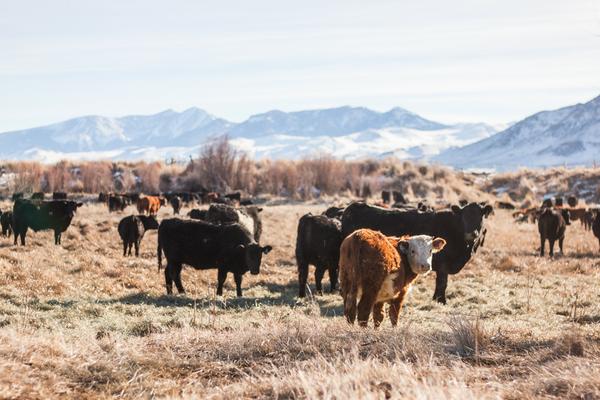
Today, back on Alderspring, I look out the window as I write this and calculate the difference. We don’t have a livestock mineral program, or a fertilizer program. We feed only free-choice Redmond rock salt, mined from ancient seabeds in nearby Utah. We grow no crops, other than hay from our perennial wild grassy meadows. Our beeves look great. They gain weight, and get fat, even on our hay through the winter. When we turn them out on our wild ranges in the summer, even Redmond consumption drops, even though we still offer it to them. They find minerals and salt in the wild range plants alone until the heat hits and they need the additional salt for electrolyte balance. The flavor in the meat they produce is intense year-round, and resonates definitively as beef with not only us, but all of you.
All of these things point to living, healthy soils, with a plethora of biotic components that keep them highly functional”¦and sustainable. And that makes all the difference for beeves”¦and the eaters of them; you and I. Check out the ribeye pic below that is a sample of this week’s harvest off of our green grass hay. That freckling you’ll see in it is fat, laden with conjugated linoleic acid and omega 3 fatty acids, the presence of which indicates complex energy in what they are consuming. That’s naturally occurring diverse carbohydrates in our grasses—something very few producers can muster although they try by pouring on the chemical fertilizers—because it takes a long time, often a lifetime investment into the husbandry of living soil to produce such grass nutrition.
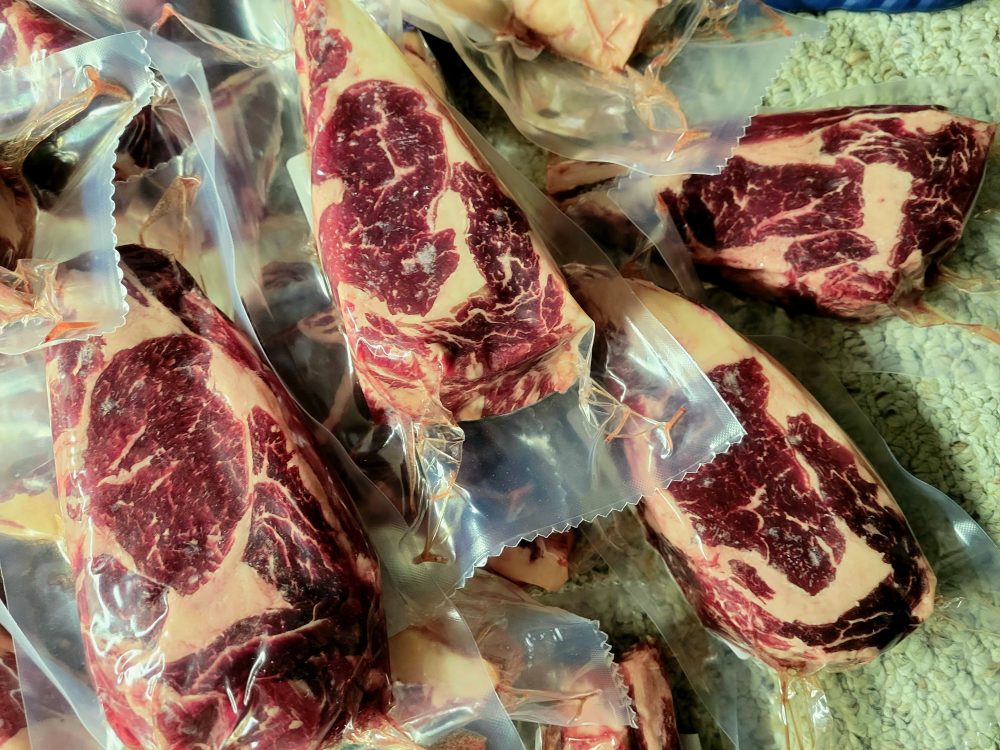
And that investment time is part of what defines husbandry. Not only for our beeves, but also for the animals under their feet. Those are the critters we often forget about because we can’t see them (especially when they are hibernating). But in aggregate, these living soil creatures weigh far more per acre than the beeves that walk above ground, and those subsoilers work for us tirelessly throughout the year. This work they do for free in exchange for a non-toxic place to live. There’s a lot down there to care for”¦from bacteria to badger.
Soil husbandry. I like it. I hope you do too.
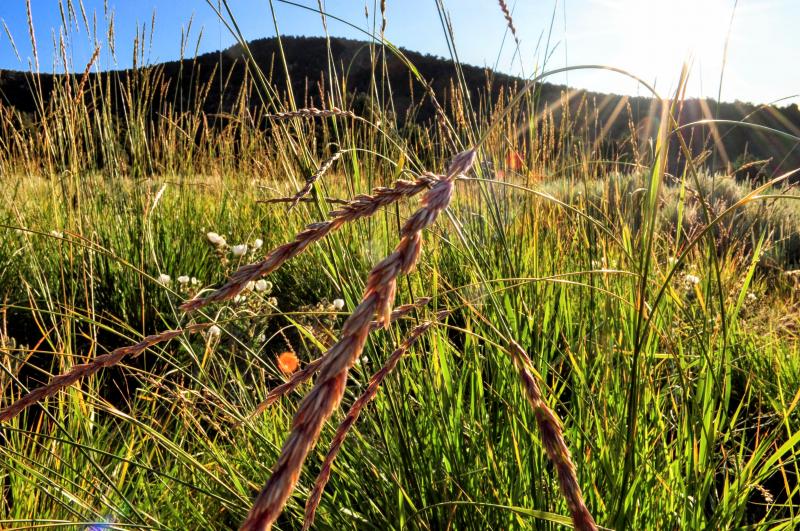

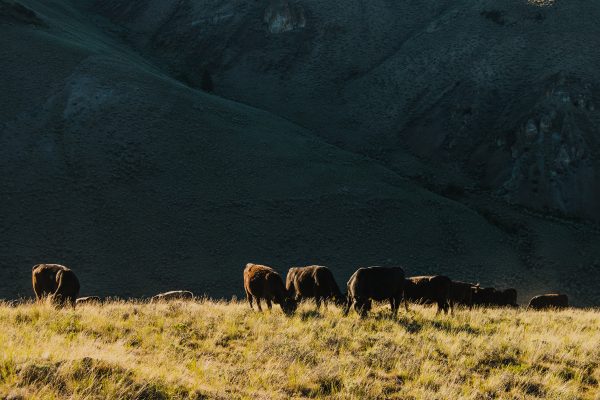

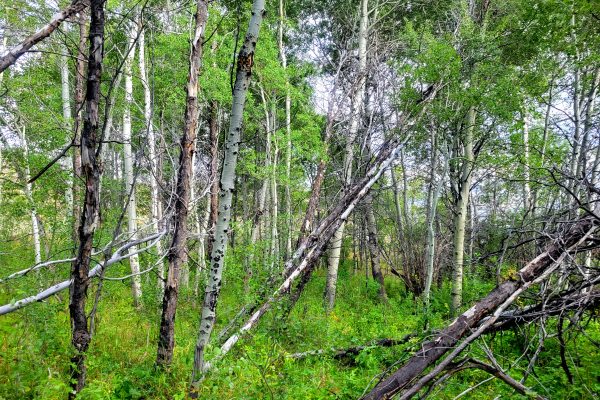



Leo Younger
Thank you for sharing your reality with us, your partners in the best nutrition. As usual, whenever your stories mention animals new to me, I look them up, including the Columbian ground squirrel, its range, and some of its close relatives, plus its life cycle, burrows, and diet. Your visit with Ole and your thoughts after returning to Alderspring are especially insightful regarding the instinctive selection of minerals by the beeves. Thanks for reminding us to always BYOS, bring your own soap.
jeff
I still remember a question by a visiting biologist professor at the Ranger School we attended, “who moves the most soil/dirt?” All of us said, “humans,” thinking he was getting at how we are tearing down paradise to put up a parking lot. But he answered, “Insects.” I always thought that was an unfair answer because he compared an entire classification (all insects) with a single species (humans). I have always wondered how the comparison would look if we compared all mammals with all insects. I think the insects would still win out.
Either way the impression has stuck with me since then that insects & small mammals move a lot of dirt and provide a lot of aeration to the soil.
Just the other day my lovely wife wondered out loud if there was any usefulness to cockroaches and I mentioned that they dig up the soil. (We could not think of any usefulness for ticks).
Shirley
When you began your story with Melanie training one of the feral horses, it led me to think that I wish there was a way to get all the wild horses in Arizona (that people don’t want here and are trying to kill/shoot/poison) up to your ranch! These wild horses are so beautiful and free. But the ranchers think the horses are eating too much of their grassland. Plus, people say the horses can’t find enough food to sustain themselves in the wild. I say that you, and other ranchers like you, could use these horses to become well trained and skilled ranch hands!!